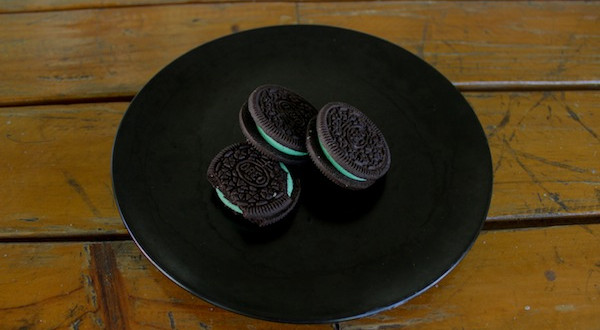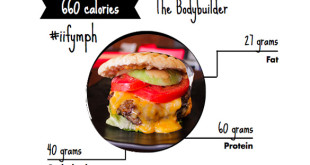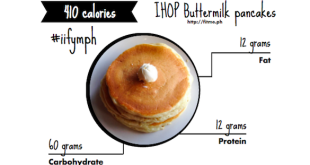Macro-friendly is a way of describing foods that give you a lot of volume without taking away a lot of macros. Think of it as value for money or best bang for your buck.
Why Is It Important?
When you count macros, you will have a prescribed number of protein, carbs and fat depending on your goals. On that day, you should stick to those numbers in the same way you would stick to a budget.
Macro-friendly foods, tips and tricks give you more bang for your buck, or help you get more food out of your macros.
1. Provides satiety (feeling of fullness)
Macro-friendly foods are high volume and low in calories, meaning you can get a whole plate full of vegetables for just 100-200 calories, versus say a smaller slice of pizza for a lot more calories. The volume of food is an important determinant of satiety which is why people who are dieting on lower calories/macros tend to have more macro-friendly foods as one way of controlling hunger.
More volume isn’t always better, though. For example, Mico doesn’t like volume foods when he’s bulking because he has a hard time hitting his daily caloric intake. If he were to eat alllll 600 grams of his carbs from green vegetables, he would probably have to eat a half a sack of green vegetables. Yeah, that’s not happening.
On the other hand, for me, volume foods are the way to go regardless if I’m bulking or cutting. I always like to incorporate volume/macro-friendly foods because I’m a grazer, meaning I like to eat a lot of small meals throughout the day versus bigger meals.
2. More calories for other foods
By eating more macro-friendly foods, you can substitute some of your macros for other less nutrient-dense foods. For example, if you have, say, a 45-gram fat allowance and you’ve already had your daily intake of 6g of essential fatty acids, you can “spend” some of your fat allowance on other “fun” foods such as ice cream or chocolate. If you’ve already hit your dietary fiber numbers and had a lot of fruits and vegetables on that day, you can use the leftover carbs in your allowance on something like biscuits or chips.
Much like a budget, it is assumed that you would want to spend on items that are high on your list of priorities such as bills, mortgage, utilities, etc. Once you’ve settled all of those and you still have “money(calories)” left over, you can choose to spend it on other, less urgent things.
When are Macro-Friendly Foods Important?
1. Macros are low
To lose weight, you must be in a caloric deficit, which basically means that you need to eat less calories than what you burn. So if your maintenance calories are at 2500 calories, you need to be eating less than that to lose weight. When macros/calories are low, macro-friendly foods come into play because it can trick you into thinking that you’re still eating as much food as before, when in reality, your caloric intake has already been lowered.
2. If you like to eat frequently
People who are constantly munching on something throughout the day are more likely to gain weight because they usually take in more calories than they need to. If you’re a grazer like me, make sure to always have macro-friendly foods with you. By munching on low-calorie/high volume foods, you can avoid the weight gain due to the excess calories from high-calorie/low volume foods.

Please share if you found this article helpful!
 FITME.PH Fitness + Lifestyle + IIFYM
FITME.PH Fitness + Lifestyle + IIFYM




Been following you guys on IG since I saw you guys at the SRC2014. Just found this blog/site. Good job and great tips. Do you guys have a YouTube channel? Anyway, thanks for the tips.
Hi Raf, thanks so much for your support. We have a Youtube channel but don’t have any videos yet except for the informative ones that are already up on the site. In the future, we hope to add maybe once every week. 🙂